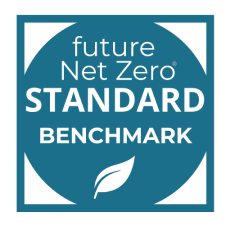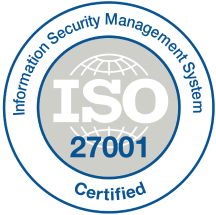Accelerating Cohesive Architecture Practice: Definition and Governance
A prominent leader in product compliance and qualification testing services had undergone a rapid expansion fueled by aggressive acquisitions, resulting in a complex technological landscape that hindered cohesive operations. As the company aspired to grow from a $5 billion entity to a $20 billion industry powerhouse through additional acquisitions, it became evident that a strategic overhaul of their technology stack was imperative to ensure future readiness.
With a pragmatic leadership style, the newly appointed CIO recognised the need for structure, thought leadership, and effective change management. This is where Mosaic Island (MI) entered the picture, leveraging our architecture expertise to address these challenges head-on.
The primary hurdles included managing technology demand within an operating model struggling to keep pace with growth. Resolution of this issue was paramount, as further expansion was on the horizon, requiring increased flexibility, agility, and the ability to execute strategic goals seamlessly. The organisation faced change inertia, as the true impact and associated risks of change were not clearly understood.
Moreover, a consistent architecture and design governance process had yet to be established, resulting in projects, initiatives, and teams operating independently, without a unified approach. MI’s intervention aimed to rectify these issues, promoting cohesion, innovation, and effective governance within the organisation.
Mosaic Island (MI) embarked on a multifaceted approach to address the business’s pressing needs. Our strategy began with a comprehensive solution discovery phase, aimed at defining the target state and charting a strategic roadmap for seamless integration into the existing delivery program structure. Simultaneously, we swiftly established a robust architecture and design governance framework, ensuring an immediate start to deliver quick wins.
Our primary focus was on crafting a well-defined target state architecture. This architecture was strategically designed to directly support the management of IT demand, aligning seamlessly with the planned change portfolio. The artifacts we developed not only enhanced clarity in bridging the gap between IT and the business but also proved invaluable in elevating the architecture practice, data management, and IT operations.
The introduction of Architecture & Design Governance was a transformative step, specifically engineered to bolster architecture practice. It significantly improved the management and control of IT demand while ensuring alignment with delivery and design for planned change. This synchronised approach facilitated the efficient utilisation of architect resources, streamlining operations and enabling MI to deliver impactful results.

We played a pivotal role in assisting the team in identifying and articulating the actual problem they required assistance with. This involved conducting extensive interviews to gain a comprehensive understanding of their unique challenges.
Subsequently, we meticulously captured the current state, pinpointing the initial areas that demanded attention within the target state framework. These focus areas encompassed lab optimisation, enterprise services, and digital transformation, all strategically aligned to drive tangible improvements.
To augment the architecture framework, we diligently developed and implemented a robust architecture governance practice. Additionally, we conducted a thorough maturity assessment and provided invaluable recommendations for enhancing overall performance and effectiveness.
Our involvement extended to a team dedicated to assessing the IT landscape, including cybersecurity and core infrastructure. MI actively contributed to defining a strategic roadmap outlining the desired outcomes for this programme, ensuring its successful delivery.
Recognising the need for additional support, the business opted to leverage MI’s Architecture Managed Service to bridge skill gaps within the ongoing transformation program. This comprehensive approach underscored our commitment to empowering our clients with the expertise and solutions needed to achieve their goals.
We seamlessly captured the current state architecture using the versatile BizDesign tool, which became an integral part of our daily operations, offering crucial support for ongoing transformation projects.
Our approach extended to the formulation of a target architecture and the provision of enterprise-wide recommendations aimed at aligning with and achieving the organisation’s strategic objectives.
A significant facet of our strategy was the alignment of the current IT change transformation program with the broader business strategic goals. This alignment served as a catalyst in realising the desired target architecture, promoting synergy between technology initiatives and overarching business aspirations.
In addition to more tangible recommendations, we also championed ‘softer’ measures that were thoughtfully embraced. These included fostering greater business involvement in change processes, reshaping perspectives on data, and the strategic onboarding of a data architect as part of the Architecture Managed Service (AMS). Moreover, we encouraged wider stakeholder engagement across the organisation, facilitating a more holistic approach to problem-solving. This approach extended beyond defining a customer data model solely at the change program level, encouraging a comprehensive view across the enterprise.
- Data & Analytics Management
- Enterprise Support Services
- Lead & Sales Management
- Product Management
- Strategy & Business Planning







